A challenge to find natural gas leaks
Finding natural gas leaks more quickly and at lower cost could reduce methane emissions. Last year, ten promising technologies mounted […]

Finding natural gas leaks more quickly and at lower cost could reduce methane emissions. Last year, ten promising technologies mounted […]
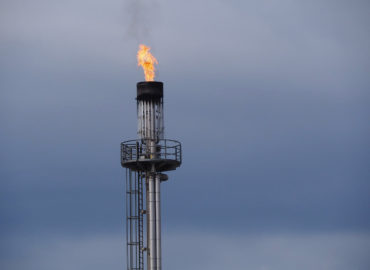
After the new Bulgarian coalition government has announced a number of priorities in the energy sector, for the period 2017-2021, […]
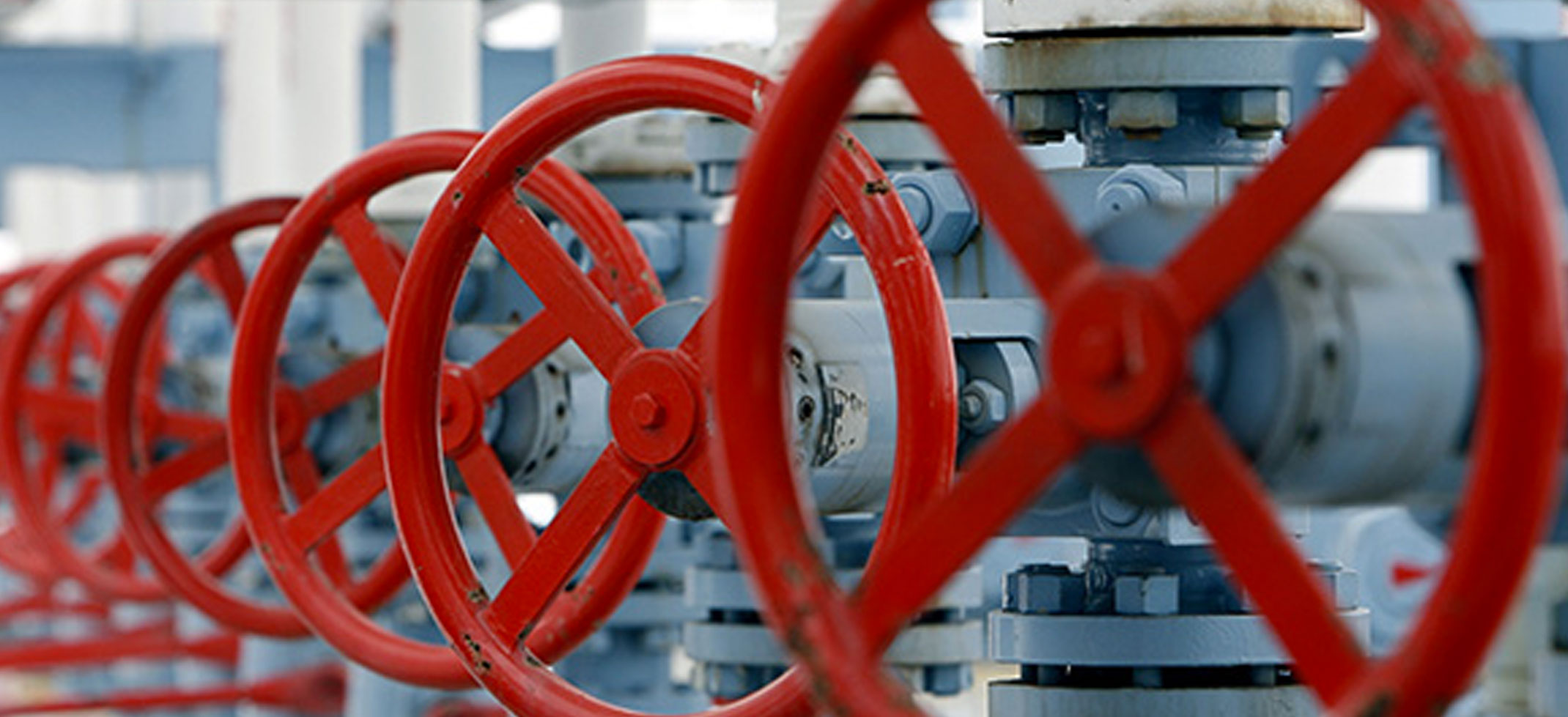
The Eastern Mediterranean (EastMed) pipeline will be designed to transport up to 15 billion cubic meters from the recently discovered […]
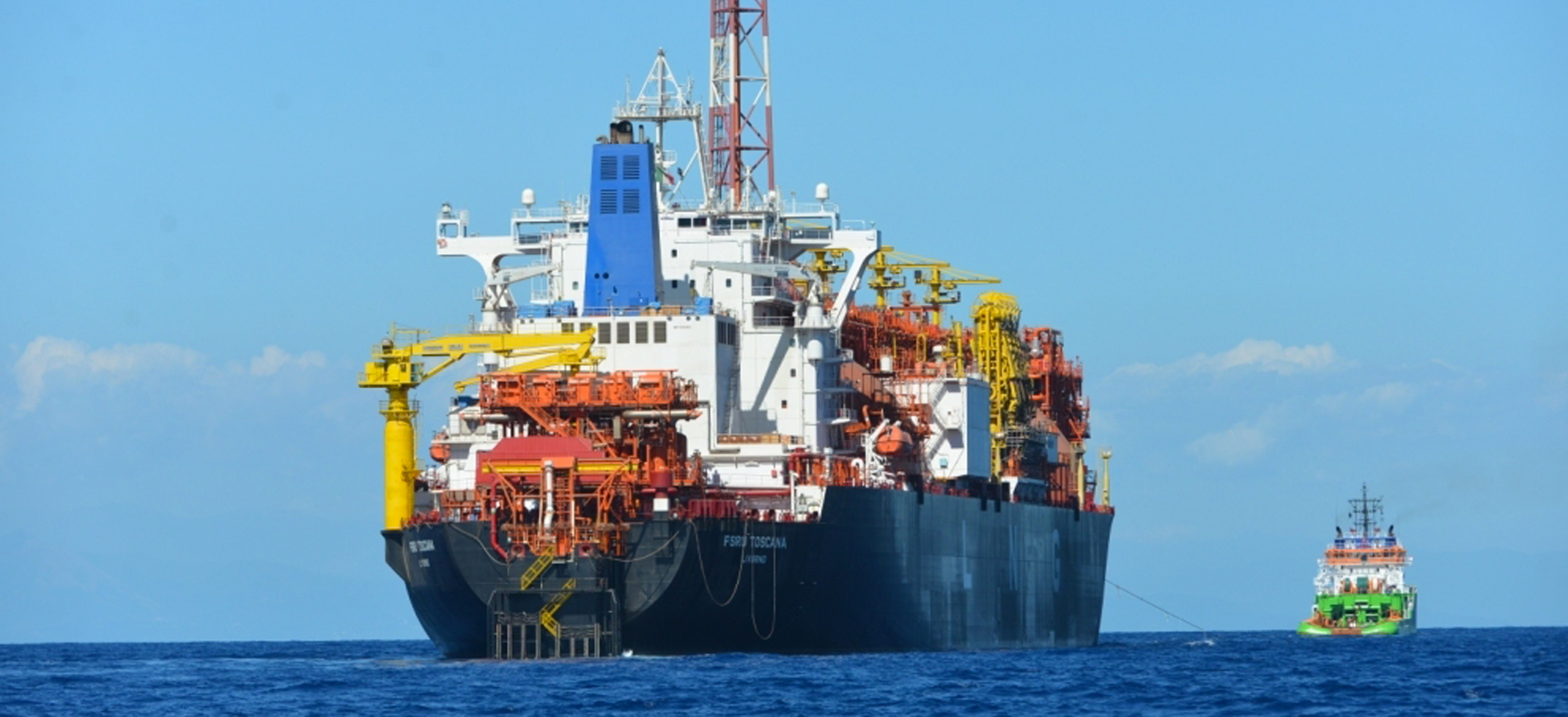
Within the cycle of production and transportation of natural gas (NG), the regasifier allows you to return your product from a liquid (LNG) used in maritime transport to a gas useful for the land transport and end use.
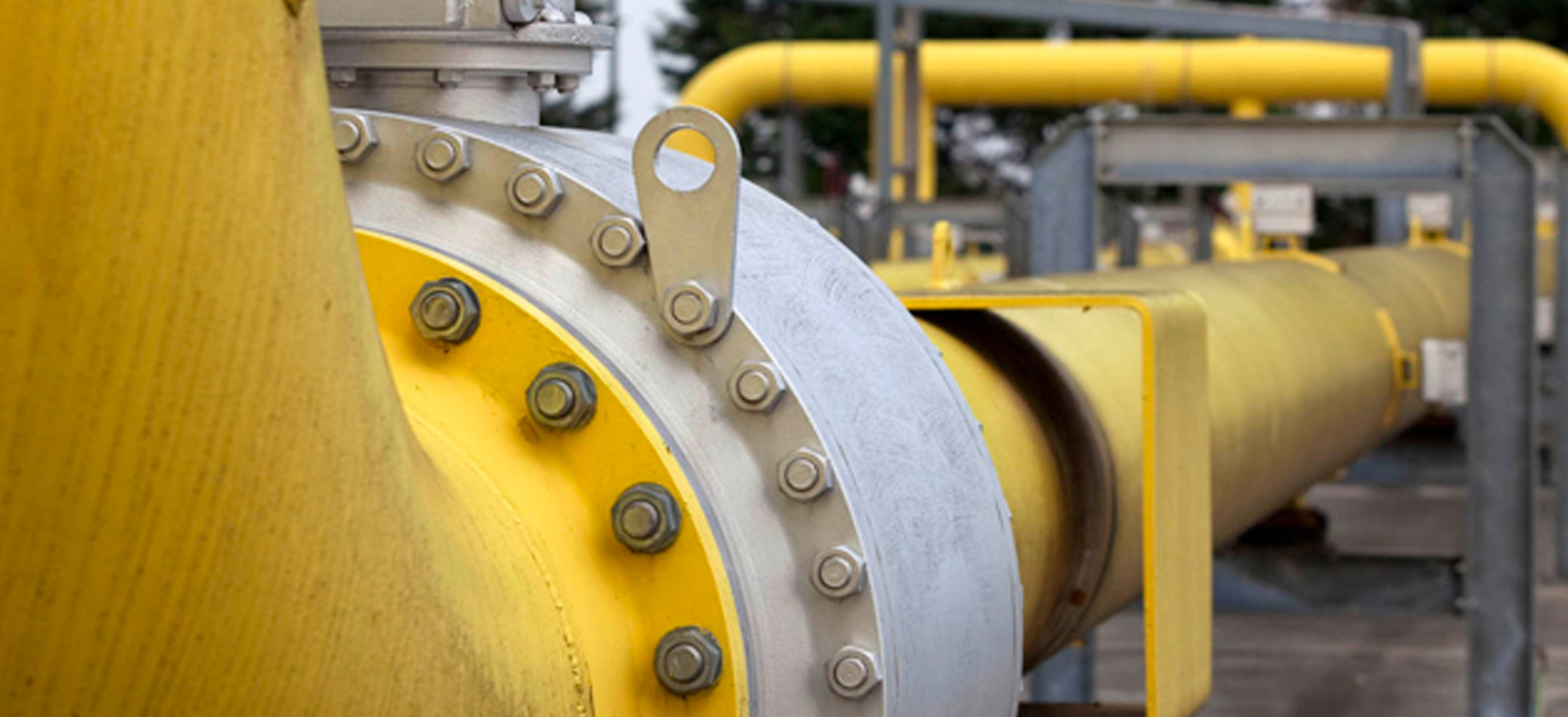
In order to assist in detecting leaks, a minute amount of odorant is added to the otherwise colorless and almost odorless gas used by consumers.

Natural gas is commonly found in the fossil state, along with oil, coal or alone in natural deposits only.
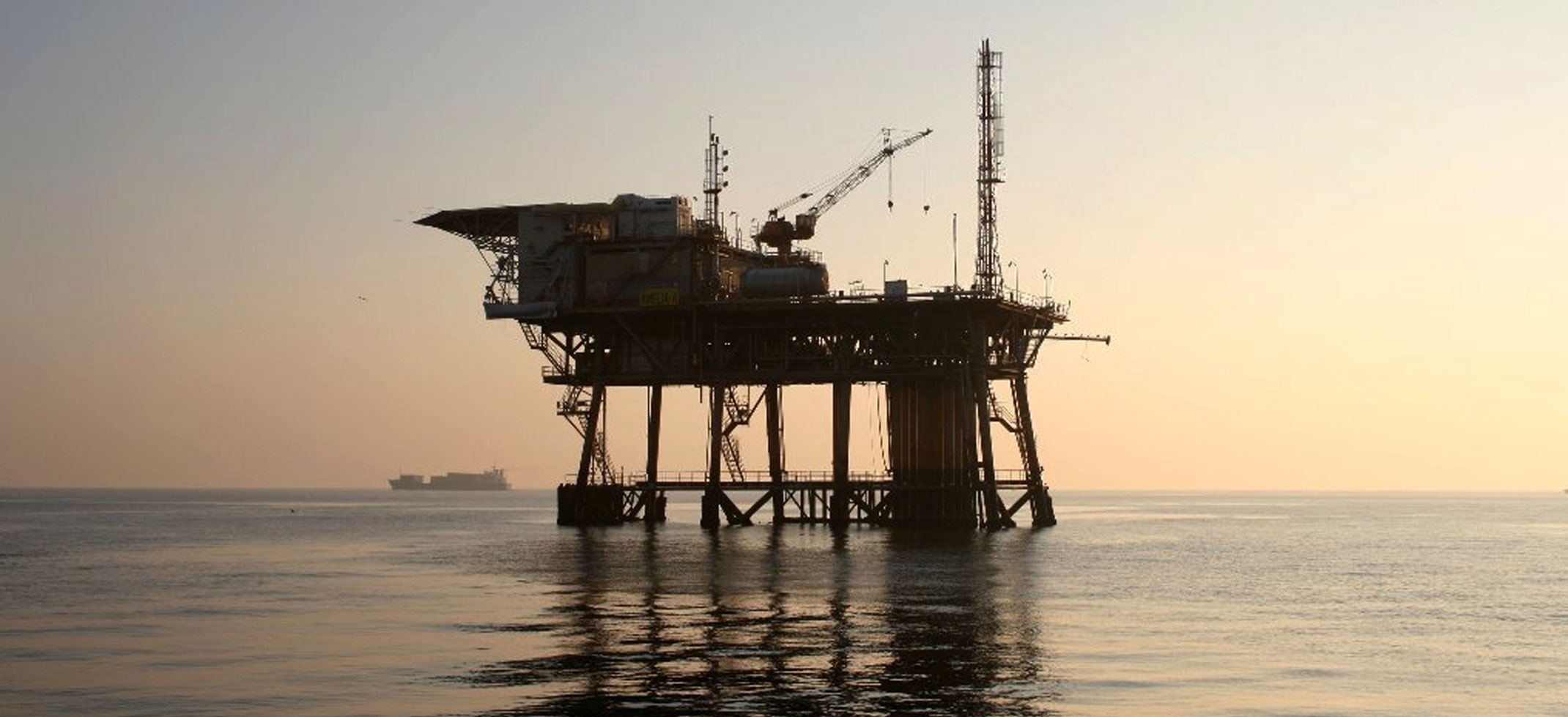
Italy currently produces about 7 / 7.5 percent of its national demand for oil and gas. Much of its energy is imported. But beneath its seas there is a large presence of methane gas, not to mention the onshore fields.

There is approximately 60 billion barrels of offshore hydrocarbons, most of which remain unexplored or under-explored in the East Mediterranean region

Regasification is a process of converting liquefied natural gas (LNG) at −162 °C (−260 °F) temperature back to natural gas at atmospheric temperature.

In 2013, gas vehicles registered in Italy, combining the new and converted vehicles, were 93,534, compared to 80,452 in 2012, an increase of 16.3%…